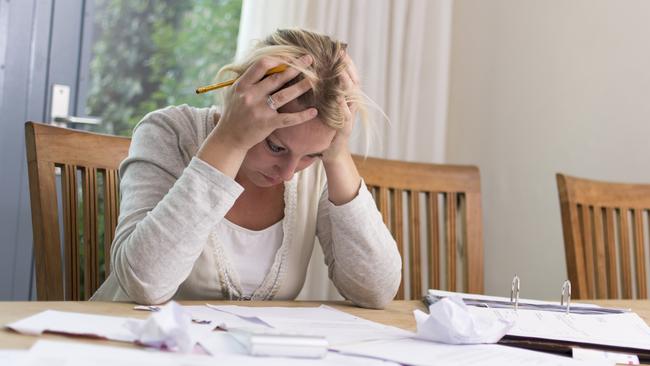Mortgage stress on the rise; S&P Global Ratings
The next 12 months will see the number of households suffering mortgage stress rise.

Home loan arrears will “remain elevated” over the next 12 months, buoyed by factors including stagnant wage growth, according to S&P Global Ratings.
While coming off low levels, an index tracking Australian prime mortgages found the proportion of unpaid loans at 30 or more days past due rose to 1.51 per cent in March. That compared to 1.48 per cent in February and was up 14 basis points on March 2018.
S&P — which tracks residential mortgage-backed securities — said arrears continued to rise, despite low interest rates and stable employment: “Macroeconomic factors that are weighing on mortgage arrears include low income growth, cost of living challenges, underemployment, and high household debt.
“We expect arrears to remain elevated over the next 12 months. The current lending environment will add to mortgage pressures.”
Earlier this month, Commonwealth Bank’s quarterly update reignited the asset quality debate when it reported a $100 million rise in impaired home loans for the three months ended March 31.
In its first half, Westpac’s stressed exposures ticked up and loans 90 days past due rose 10 basis points. But Westpac chief Brian Hartzer said, despite a gradual rise, Westpac was not seeing anything “that causes concern”.
S&P’s analysis found loan arrears reflecting those mortgages 90 or more days past due showed the biggest rise over the 12 months to March 31. The Northern Territory recorded the highest levels of total prime loan arrears, with an index reading of 3.31 per cent for March, followed by Western Australia at 3.03 per cent. At the other end of the spectrum, Tasmania had the lowest arrears reading.
Arrears for loans deemed non-conforming, which sit outside the criteria of traditional lenders, were markedly higher than prime loans in March. S&P’s index in that category was 3.66 per cent, but the measure improved from 3.95 per cent in February.
In a separate report, Moody’s Investors Service said it expected house prices to continue to decline through 2019 but at a “moderate pace”, keeping a lid on homeowners suffering negative equity.
“About 2.6 per cent of mortgages backing RMBS [residential mortgage-backed securities] we rate are in negative equity, even though Australian house prices have declined by an average 9.2 per cent since their peak in September 2017,” it said.
“We expect the rate of negative equity will rise but not pose a major risk for RMBS.”



